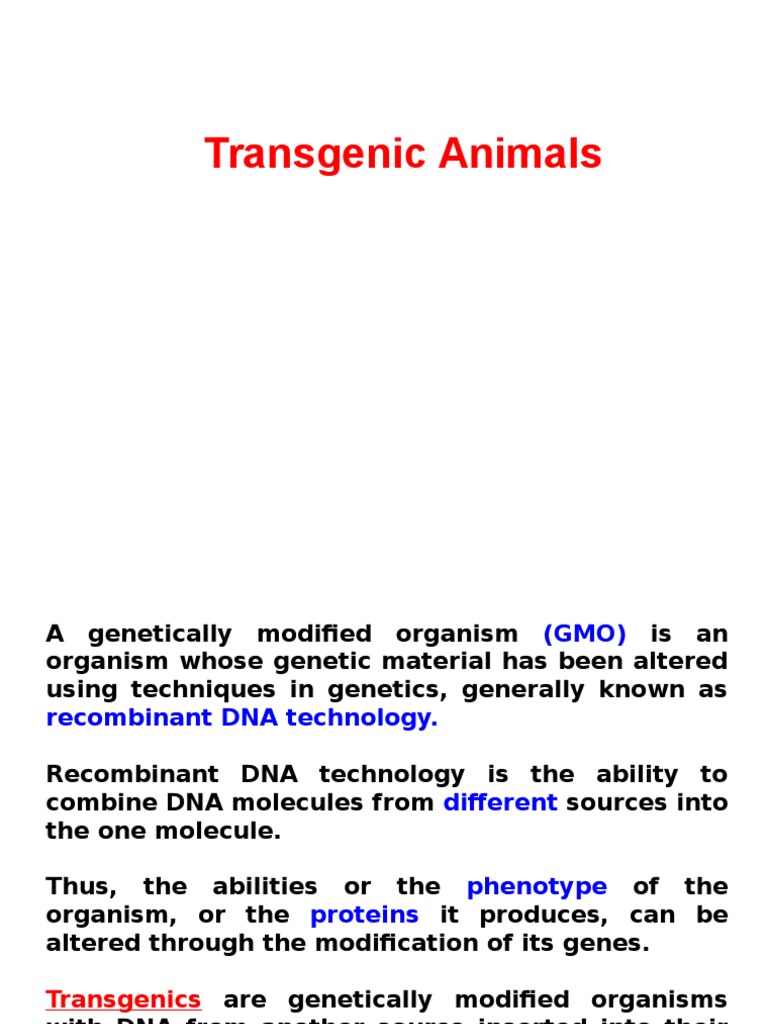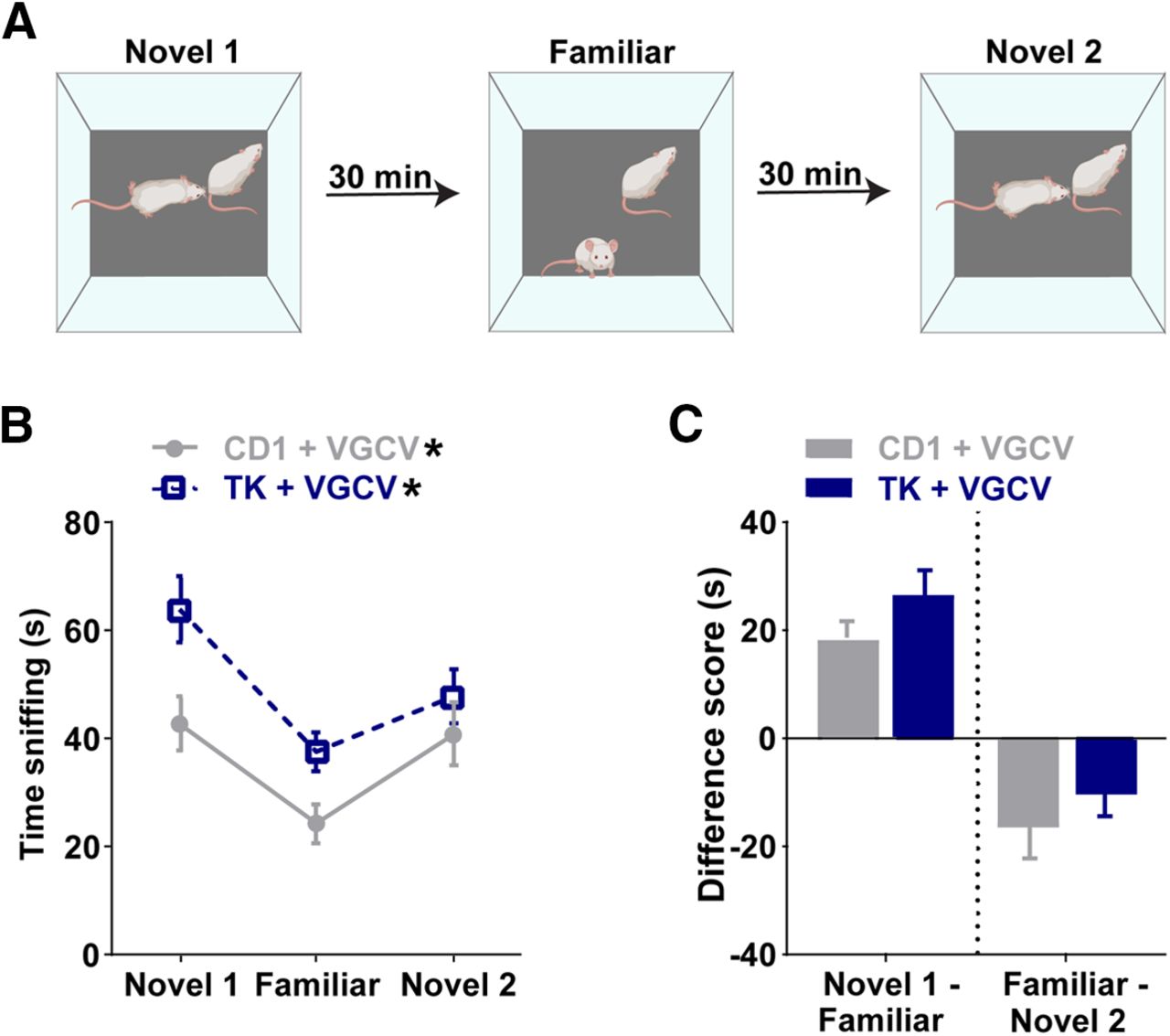History Of Transgenic Animals Ppt

The best example is the work of Shah and his co-workers.
History of transgenic animals ppt. DEFINITION An individual in which a gene or genes were introduced by one or other technique of transfection to the genome of a animal is called transgenic animals. Introduction 3 Animal models pivotal role in delineating etiology progression of various diseases as well as to screen develop new therapeutic strategies. Theoretically all living beings can be genetically manipulated.
The transgenic plants thus produced show expression of foreign genes resulting in a higher level of herbicide tolerance. The BPV169 transgenic mice were left in a back rack in the CSHL animal care facility. This project details transgenic animal technology applications ethics and legalities as an example of technologys impact on society.
How Bt Cotton Was Developed About ten years ago Monsanto scientists inserted a toxin gene from the bacterium called Bt which is the nickname for Bacillus thuringiensis into cotton plants to create a caterpillar-resistant variety. Transgenic invertebrate species include some. The transgenic technology is one of an important tool to meet the future challenges for increased animals production.
Transgenic animals produced with. Animal Improvement Group Members. Transgenic Animals - Technology and applications.
The emergence of transgenic technology has widened the scope of development in case of farm animals and the advent of new molecular biology techniques has paved way by giving a new dimension to animal breeding. Organisms containing integrated sequences of cloned DNA transgenes transferred using techniques of genetic engineering to include those of gene transfer and gene substitution are called transgenic animals. The first genetically modified or ganism was a bacterium.
Transgenic animals can be used as disease models transpharmers xenotransplanters food sources and other biological models. 1 to examine the physiologic consequence of a gain-of-function approach in which one overexpresses or expresses ectopically a protein to assess its physiologic and biologic function at the cellular or subcellular organ or whole-animal level this form of experimentation is the most common. Bubonic Plague in History In the late Middle Ages 13401400 Europe experienced the most deadly disease outbreak in history when the Black Death the infamous pandemic of bubonic plague hit in 1348 killing a third of the human population PPT-089-01.



















